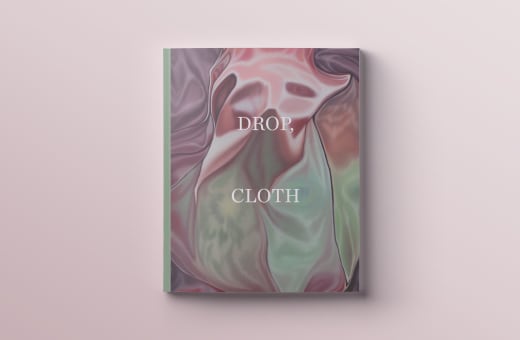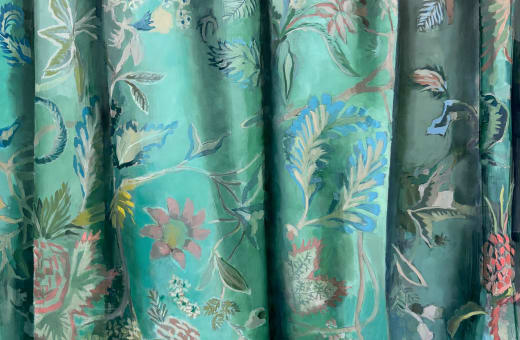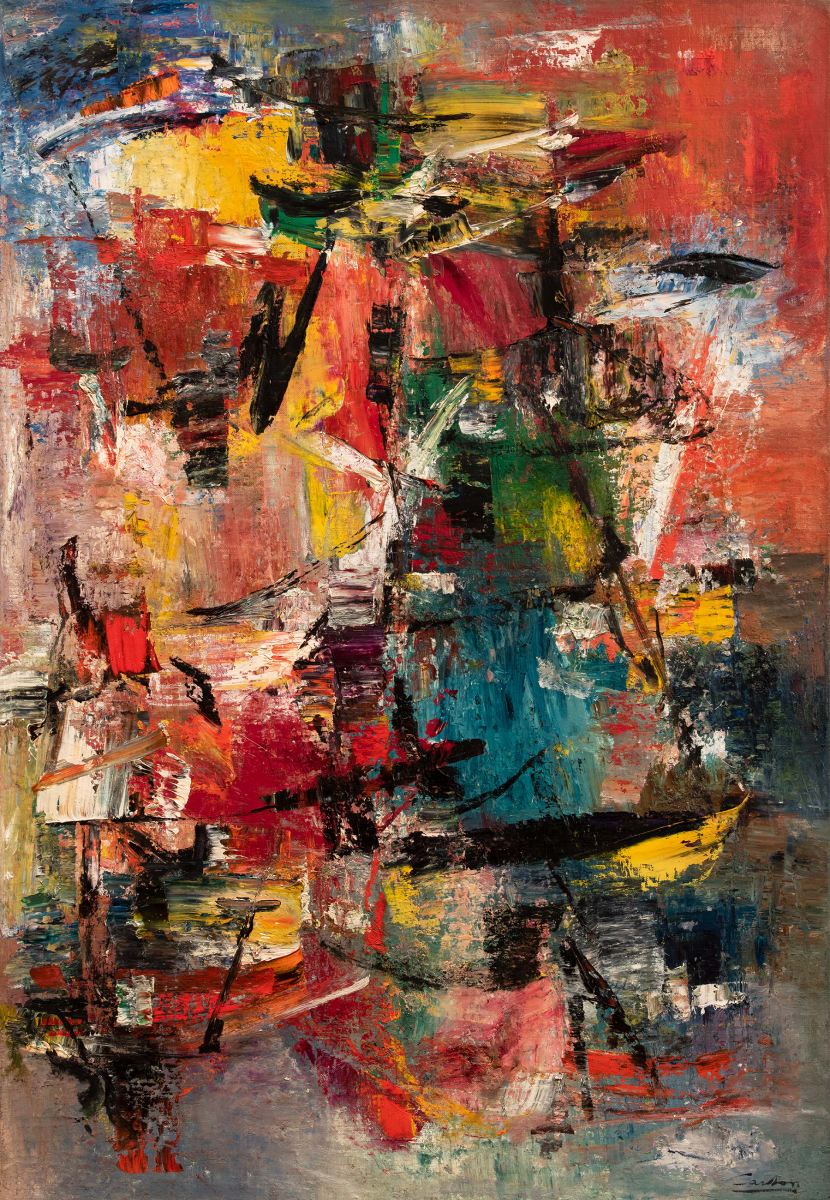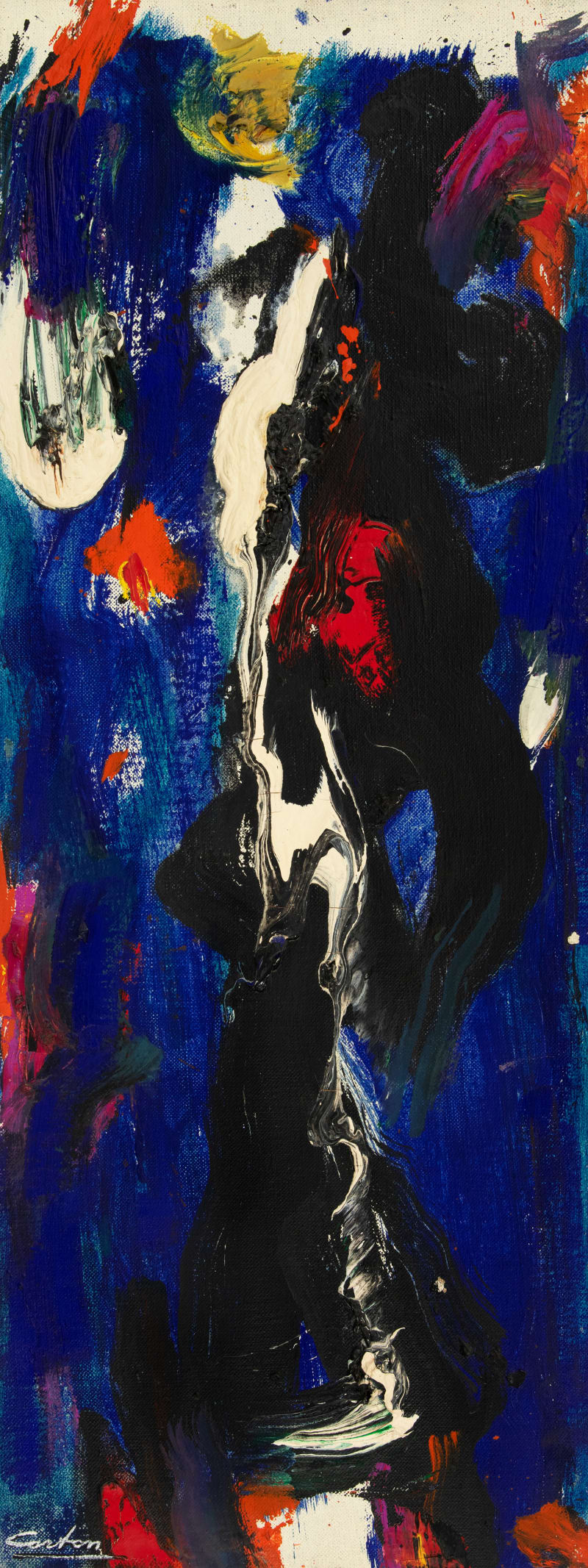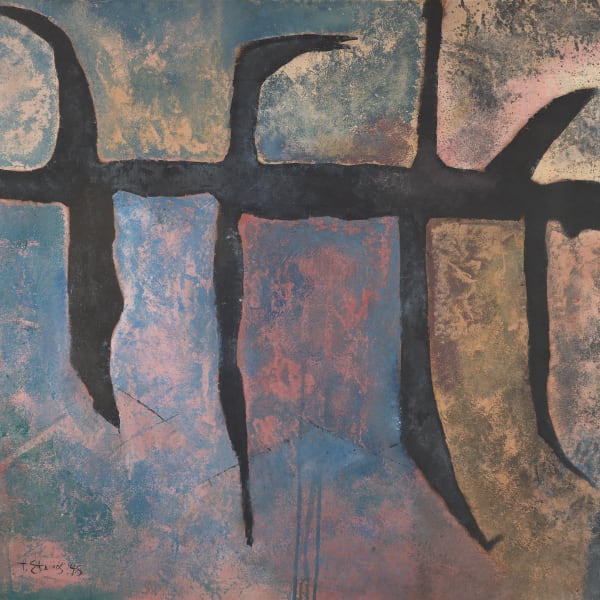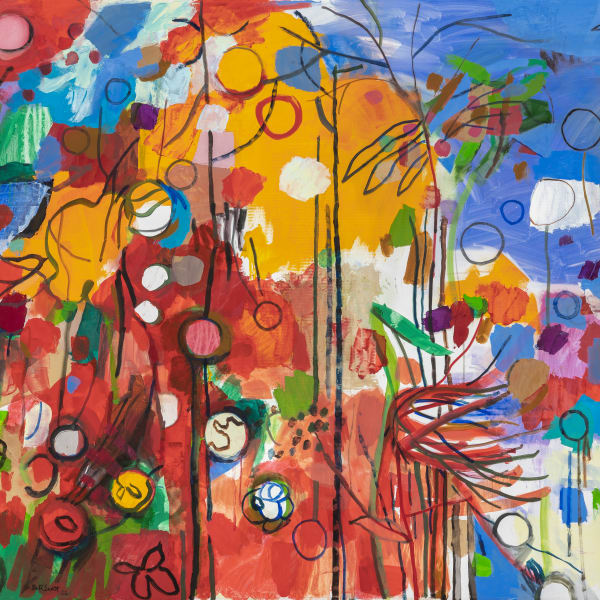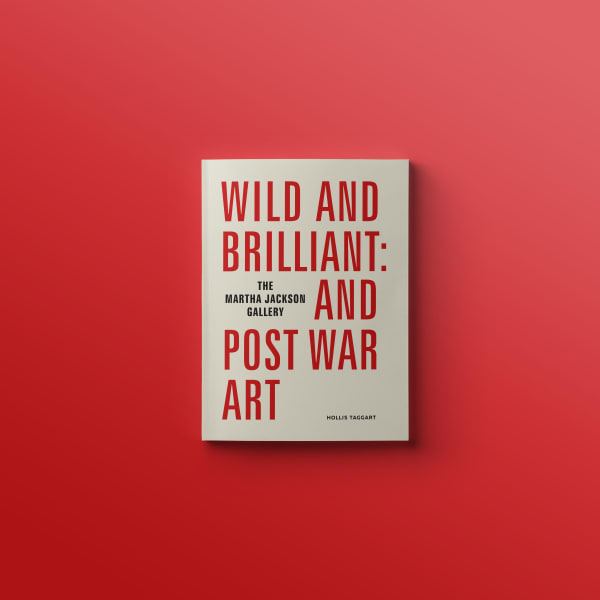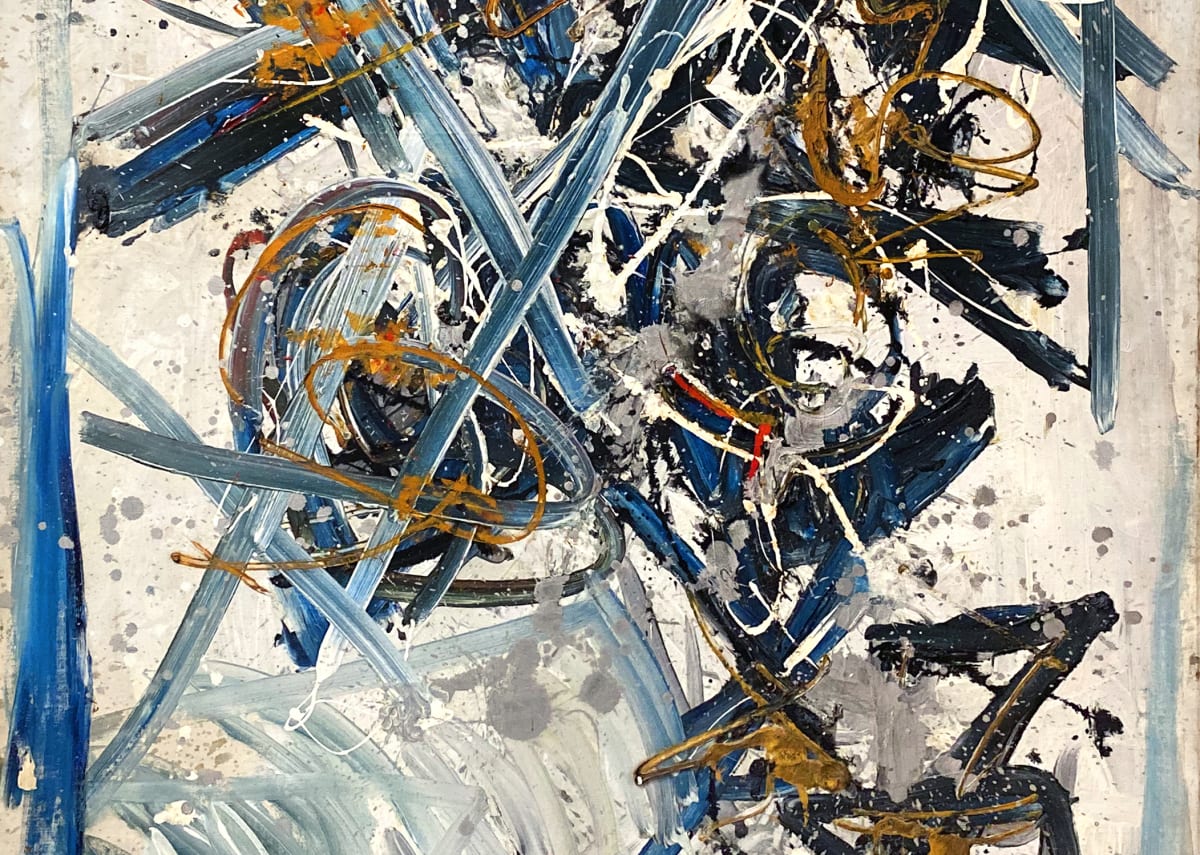
Norman Carton has a visually-recognizable style which speaks of a particular era.
Ukraine-born American Expressionist Norman Carton has a visually-recognizable style which speaks of a particular era. His formal art education began at the Pennsylvania Museum School of Industrial Art and then, from 1930 until 1935, he studied at the Pennsylvania Academy of Fine Arts under Arthur B. Carles and Henry McCarter, both important American Modernists known for their heightened use of color. Subsequently, Carton took courses at the Barnes Foundation where he had access to the renowned collection of works by American and European Modernists. Like so many artists of his generation, Carton was immersed in the new ideas and exciting artistic developments of the Avant-garde. His personal evolution brought him to his own signature form of abstraction which is defined by gesture, balance and a truly engaging palette. His first solo exhibition was organized in 1949 at the Philadelphia Art Alliance, quickly followed by shows at Dubin Gallery in Philadelphia and Laurel Gallery in New York.
Ukraine-born American Expressionist Norman Carton has a visually-recognizable style which speaks of a particular era. His formal art education began at the Pennsylvania Museum School of Industrial Art and then, from 1930 until 1935, he studied at the Pennsylvania Academy of Fine Arts under Arthur B. Carles and Henry McCarter, both important American Modernists known for their heightened use of color. Subsequently, Carton took courses at the Barnes Foundation where he had access to the renowned collection of works by American and European Modernists. Like so many artists of his generation, Carton was immersed in the new ideas and exciting artistic developments of the Avant-garde. His personal evolution brought him to his own signature form of abstraction which is defined by gesture, balance and a truly engaging palette. His first solo exhibition was organized in 1949 at the Philadelphia Art Alliance, quickly followed by shows at Dubin Gallery in Philadelphia and Laurel Gallery in New York.
Carton was awarded an impressive commission jointly from the Philadelphia Museum and National Museums of France which provide the opportunity for travel to Europe. Equally as remarkable, the painter received a one-man show at The Sorbonne where he gave lectures in the early 50s. He also participated in several salon shows including Realtiies Nouvelles and the Salon d’Automne, and showed at the Musée d’Art Juif where he was a finalist for the Prix d’Art. His talent as a designer also brought him into the theater world of Paris, creating stages and costumes at the Paris Opera.
Upon his return to the States in 1953, Carton’s success continued. He was in the throes of the AbEx movement in New York, showing at the Whitney, (the museum purchased one of his paintings) and his work hung along with that of Joan Mitchell, Franz Kline, Adolph Gottlieb, among others. Martha Jackson, Granite Gallery, Staempfli all showed his work during the next two decades. He exhibited widely participating in more than a hundred exhibitions during his career. Along with his extensive list of shows, he was a devoted teacher throughout his life. His works can be found in many museums. Carton’s artistic talents allowed him to be a muralist, graphic and theater designer, newspaper artist, as well as an innovative and recognized painter.




